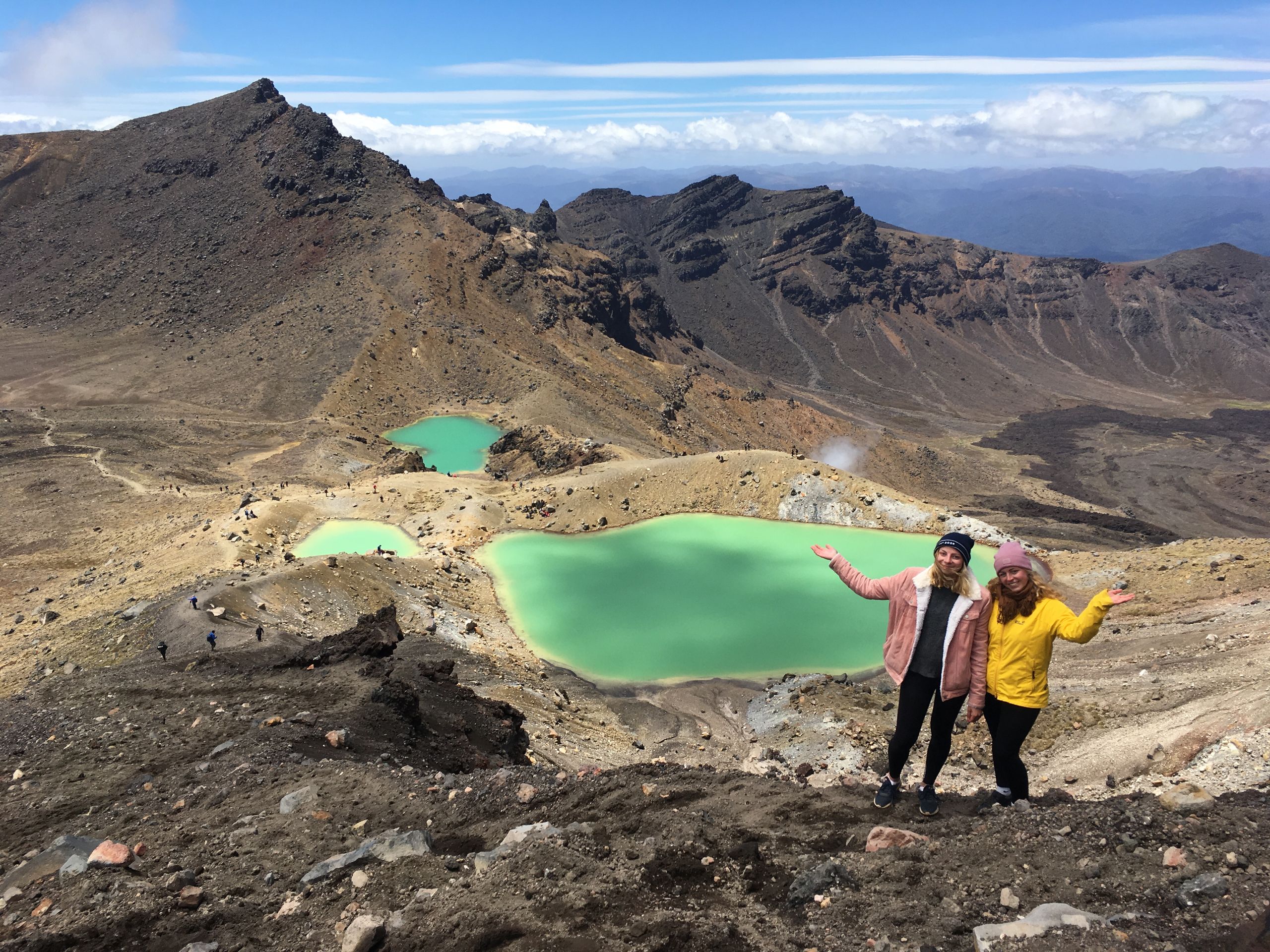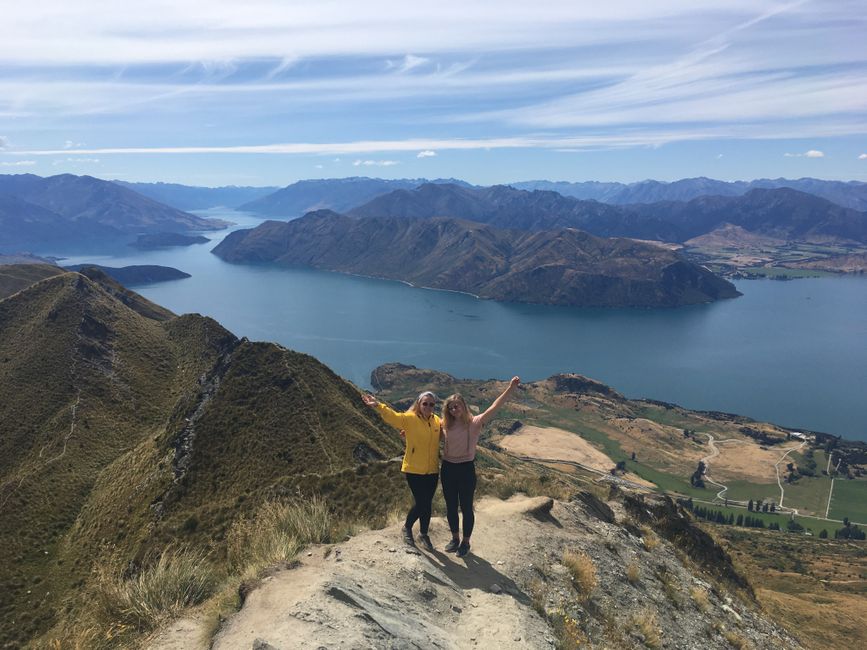#Info section 11: Travel- Places on the South Island Part 1
Nai-publish: 10.08.2020
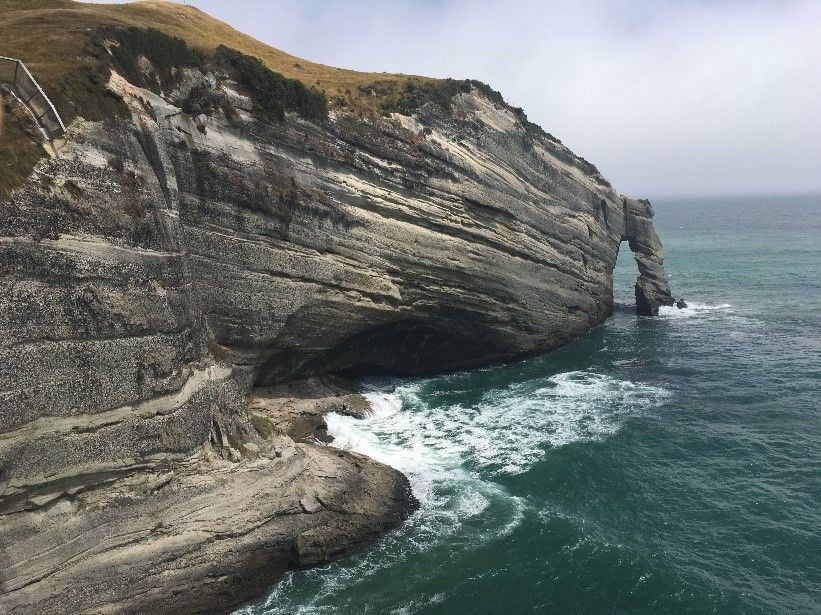
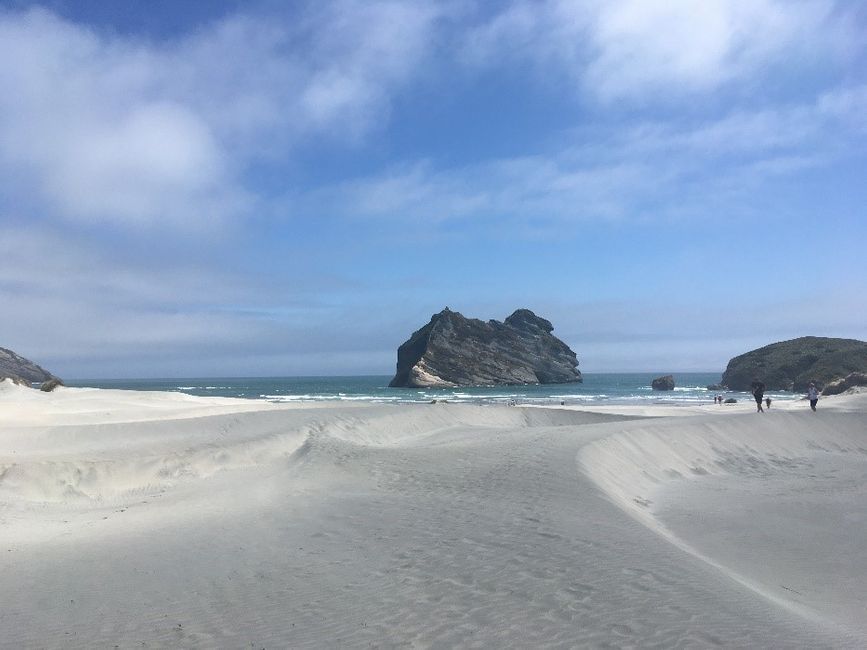
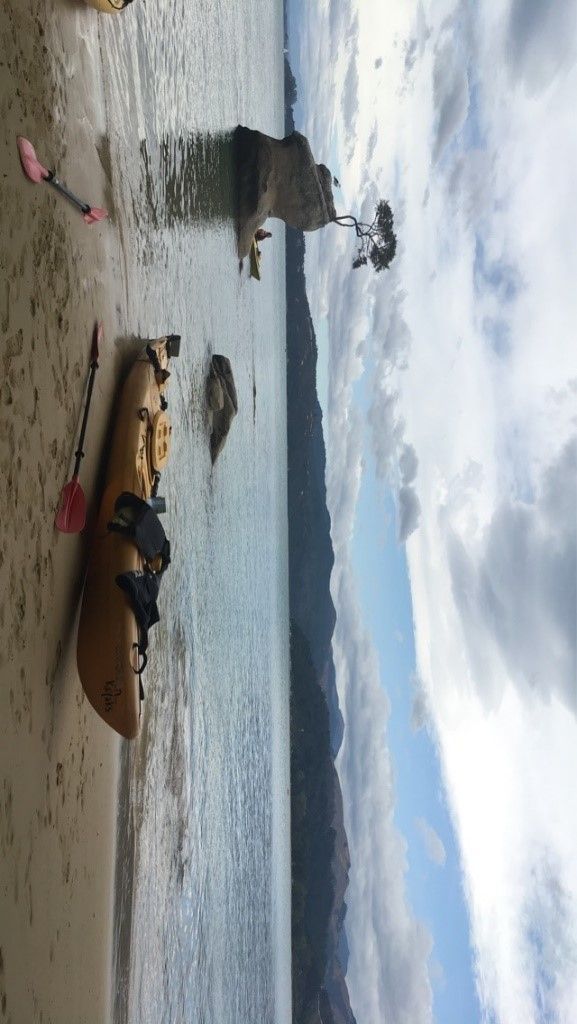
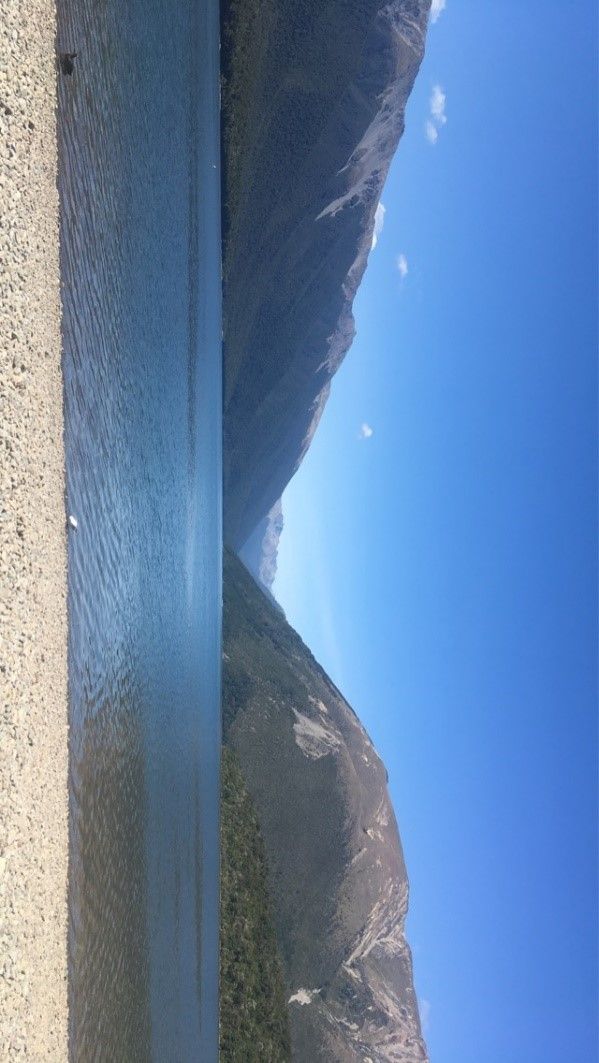
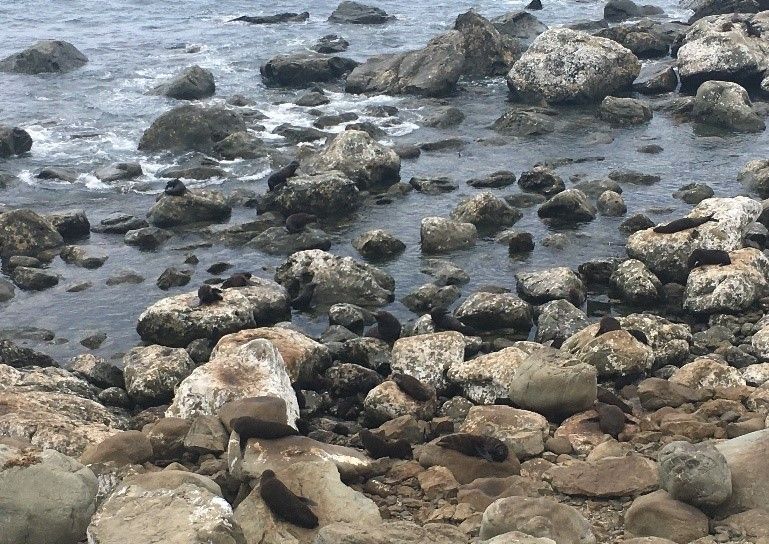
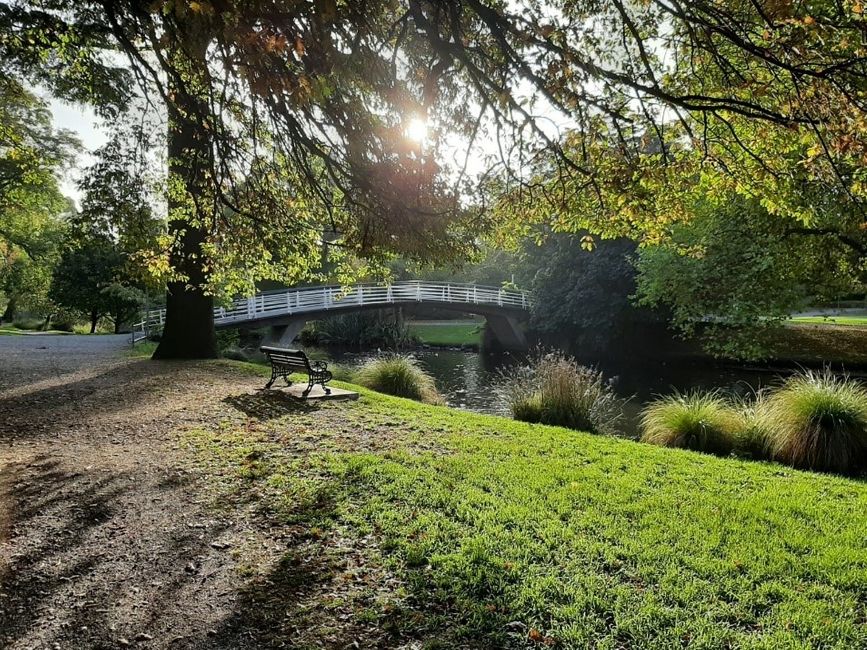
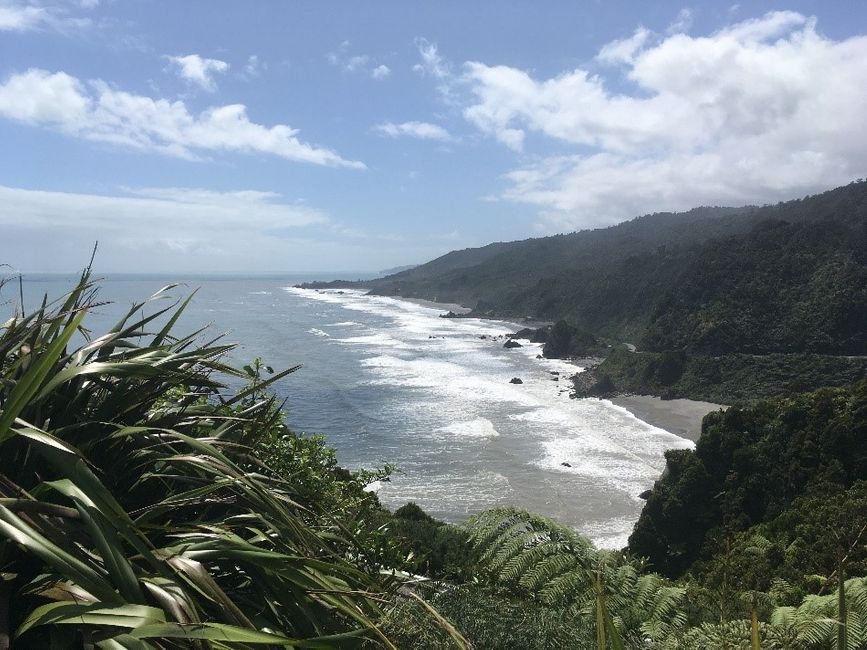
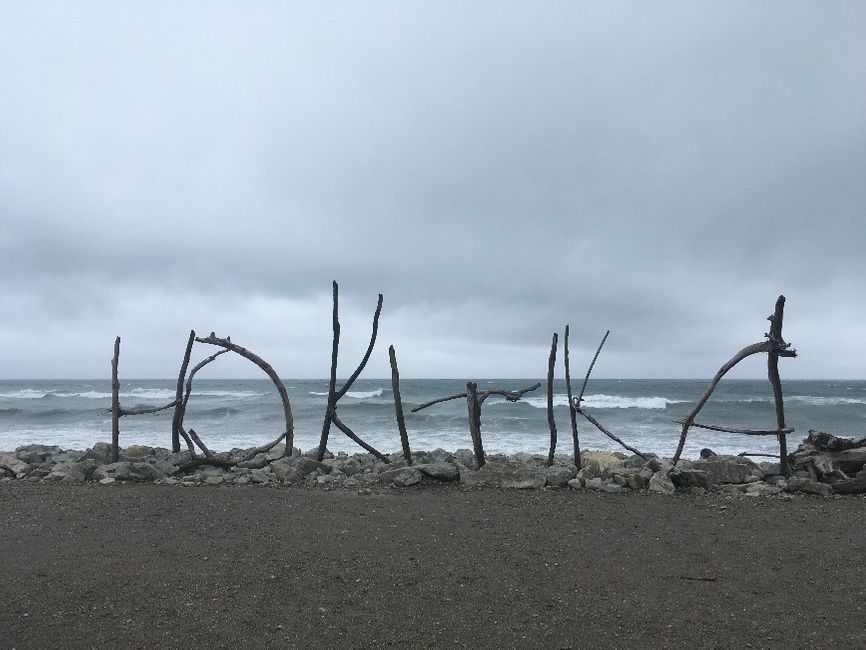
Mag-subscribe sa Newsletter
South Island
The significantly more touristy part of New Zealand is the larger South Island in terms of area. With Lake Tekapo, Queenstown, and Fiordland National Park, it has a lot to offer. And those were just the tourist hotspots... In this section, you'll read about what else the South Island has to offer and which slightly lesser-known places we found particularly great:
Golden Bay
Cape Farewell Spit
The Farewell Spit is a narrow piece of land in the far north of the South Island. This area is sparsely populated, and the road is soon replaced by a gravel road. However, Cape Farewell is definitely worth a visit, especially if you're already on your way to Wharariki Beach. After a short five-minute walk from the parking lot, you will reach the Cape. From there, you have a great view of cool rock formations, turquoise water, and powerful waves. On good days, you can even spot seals taking a break on the rocks!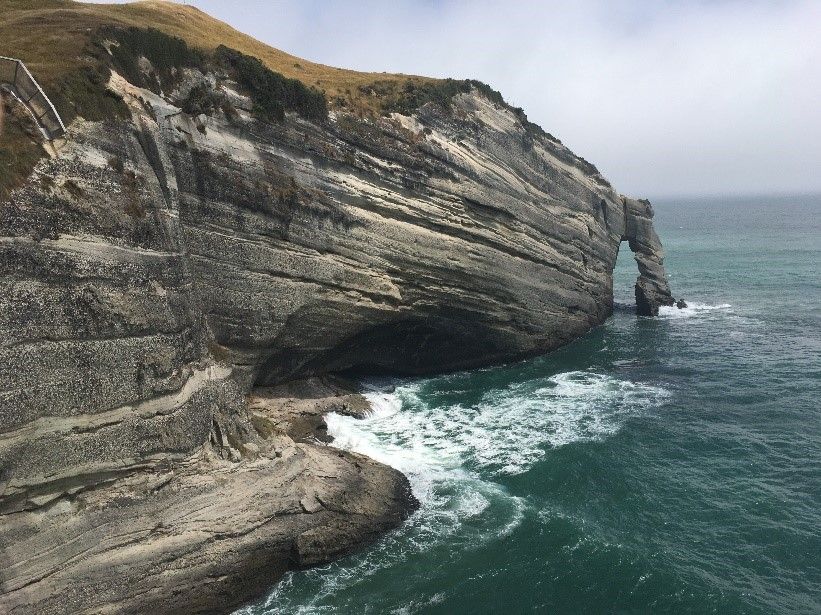
Wharariki Beach
We consider this beach to be one of the most beautiful beaches in New Zealand! Only Coromandel can really compete with it. Swimming is prohibited due to strong currents, but you can easily pass the time on the bright, soft sand or by the water. It is still considered a secret tip in the peaceful Golden Bay. The scenery of Wharariki Beach may seem familiar to some of you, as the picture of jogger is one of the beautiful Windows desktop backgrounds. You can reach the beach after a short drive on the gravel road and a 20-minute walk through sheep pastures, a small forest, and sand dunes. If you're flexible, you should visit the beach at low tide, so the distinctive rock formation is not as covered by water. However, be prepared for strong winds both on the dunes and by the water. An absolutely unforgettable place!
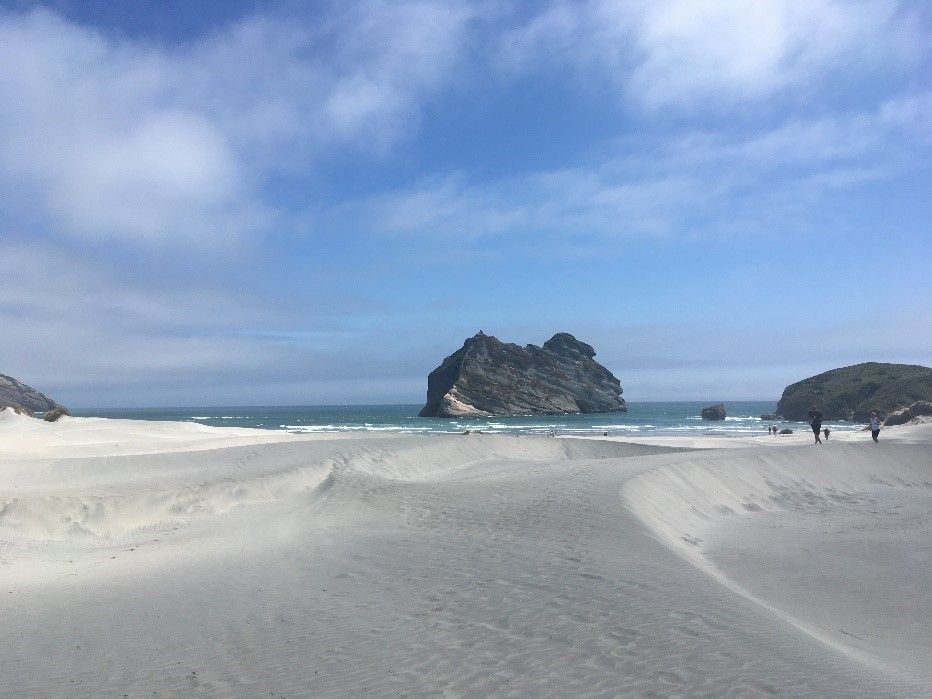
Abel Tasman National Park
The smallest national park in New Zealand can be visited in three ways: by kayak, on foot, or by water taxi. Basically, only the coastal side of the national park can be truly explored, which is more than enough. The majority of the park consists of dense tropical forest, long sandy beaches, and turquoise water of the Golden Bay. Sounds good, doesn't it?
The starting point for most tours is Marahau, which is best reached from the south. We would recommend visiting the suburb of Kaiteriteri. The beach there is beautiful and can easily compete with the sandy beaches in Abel Tasman National Park, even if it may not be quite as secluded.
Whatever you have planned in the national park, it's best to book in advance, even if you just want to go hiking. The most popular option is a hike on the 51-kilometer long Abel Tasman Coastal Track. Of course, you can divide the route into multiple days and stay at one of the beaches, or you can decide from the beginning to only walk a part of the track. Either way, you will definitely need a water taxi to get to the starting point.
Another popular option is to explore Abel Tasman National Park by kayak. There are countless kayak rentals in Marahau, so no one should miss out. (Back then, we booked with Abel Tasman Kayaks, which we can't necessarily recommend. It was one of the cheaper rentals, but our kayak instructor was one of the unfriendliest people we have ever encountered, and you will definitely get better service for the same money at other rentals). During the tour, you can let yourself drift on turquoise water, pass numerous picturesque coves, and even spot seals at the right spots. Jungle sounds are included for free. Depending on your enthusiasm and budget, you can explore the coast of the national park for up to three days and then be picked up by a water taxi at another location. One of the cheaper kayak day trips costs around $90 per person.
If you're not a fan of kayaking or hiking, you can simply take a water taxi to a beach and enjoy your day there. That is probably the most relaxed option ;).
Abel Tasman National Park is undeniably beautiful! However, in our experience, a day trip is enough to get an impression of it.
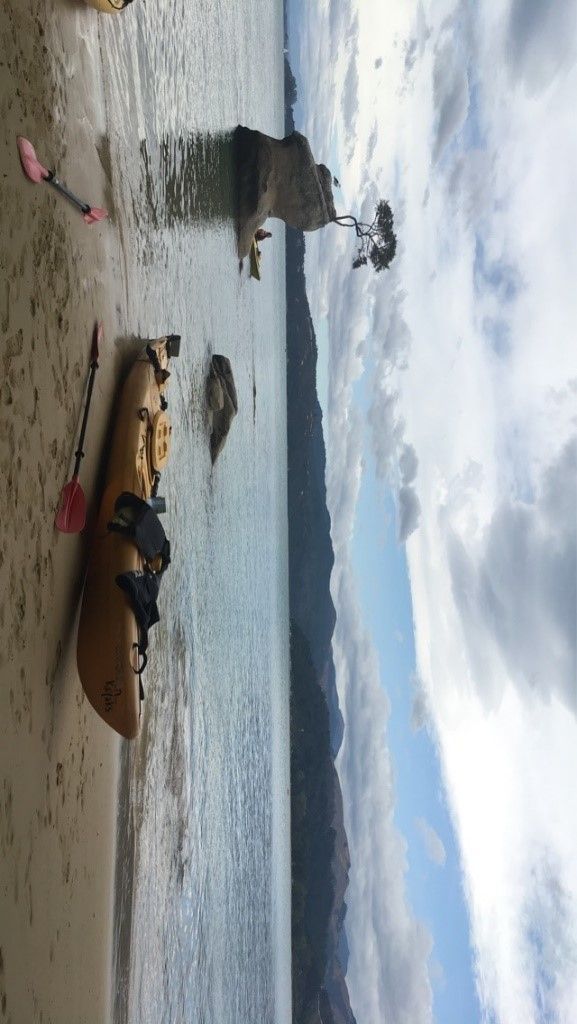
Nelson Lakes National Park
Lake Rotoiti was one of our absolute favorite places in all of New Zealand! At this quiet, mirror-like lake surrounded by picturesque mountains, you completely forget that there can be stressful times... The jetty in the middle of the lake is also a perfect photo spot. To visit Lake Rotoiti, you may have to take a detour through the mountains. Please don't miss it, you won't regret it!

Kaikoura
If you're driving along the east coast from Picton to Christchurch or vice versa, you can't miss Kaikoura! This place attracts hundreds of tourists every day because it offers excellent opportunities to observe wildlife. There is a huge selection of whale-watching or dolphin-watching tours that can be booked online or on-site. We were lucky to see a lot of seals when we stopped near Kaikoura on the highway, and it was even free. Either way, it's worth stopping!
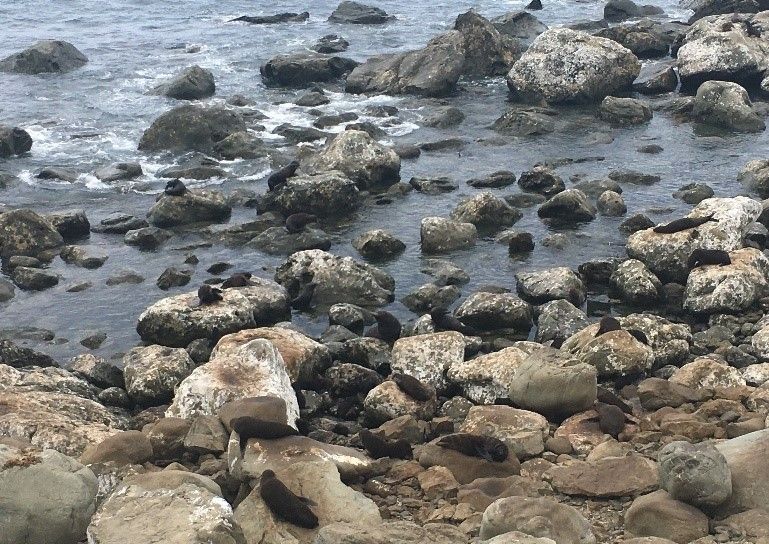
Christchurch
For most tourists, their journey through New Zealand starts or ends in Christchurch, as it is home to the second-largest airport in the country after Auckland. As the largest city on the South Island, Christchurch has several attractions: the huge Hagley Park with the Botanic Gardens, or Cathedral Square with Christchurch Cathedral, which was rebuilt after the severe earthquake in 2011 and serves as a memorial. Furthermore, you can take a walk along the Avon River or on the long pier of New Brighton Pier, which is one of the landmarks of Christchurch. With a ride on the Christchurch Gondola (for $28 round trip), you have a wonderful view of the city from above.
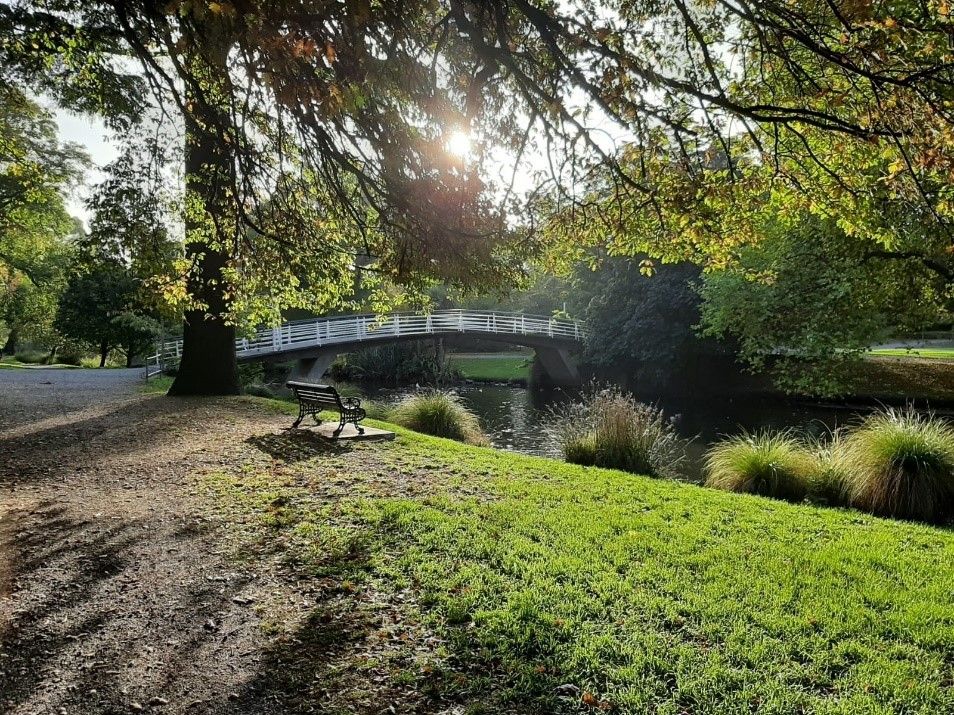
Great Coast Road
The Great Coast Road may not compare to the Great Ocean Road in Australia, but nevertheless, New Zealand's West Coast is unique! The first approximately 100 kilometers of the winding road start in Westport and end in Greymouth. It is recommended to take a short hike to the Pancake Rocks, located in the village of Punakaiki. South of Greymouth, there starts a section of the route that looks just as incredible as it sounds. On one side, you have the sea with turquoise water, powerful waves, and high cliffs; on the other side, dense rainforest and the Fox and Franz Josef glaciers. Nowhere else in the world are glaciers located so close to the rainforest!
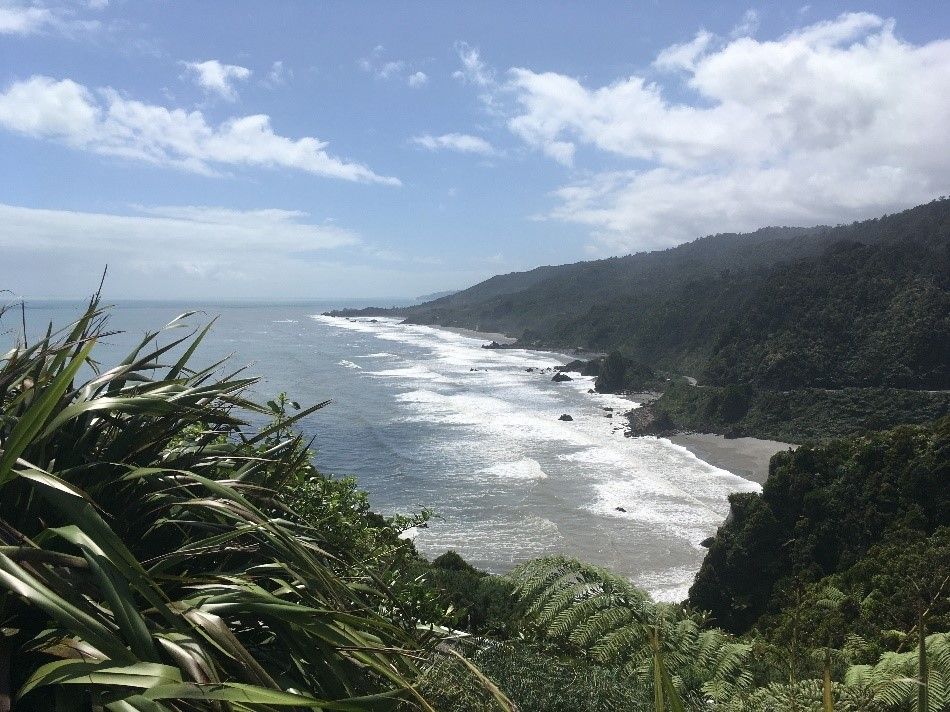
Hokitika:
In most cases, the route to Hokitika from the south will take you past several waterfalls and the Blue Pools, which are definitely worth the short hike. Similar is the Hokitika Gorge Walk, which is located half an hour before the town, leads through the rainforest, and offers a view of bright turquoise "pools".
Hokitika itself is a small, well-developed town on the beach. A nice photo motif is also the "Hokitika" lettering built of driftwood in the sand. Furthermore, you can experience a lot of glowworms completely free of charge at the Glow Worm Dell in the north of the town.
Tip: Hokitika also has a small, very cool cinema. If you visit Hokitika on rainy days (which is very common on the West Coast), there is an alternative to outdoor activities.
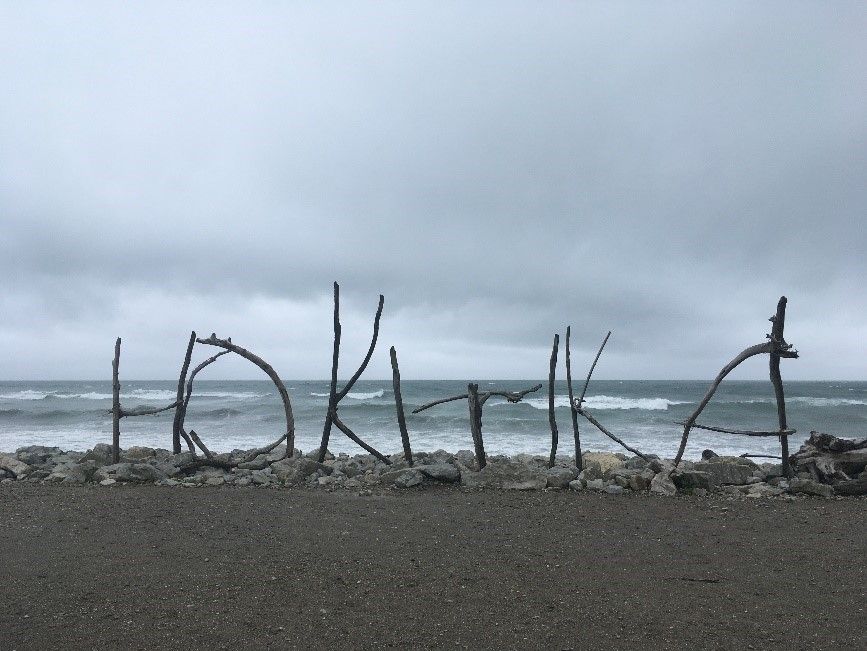
-> #12 Travel- Places on the South Island Part 2 follows
Mag-subscribe sa Newsletter
Sagot
